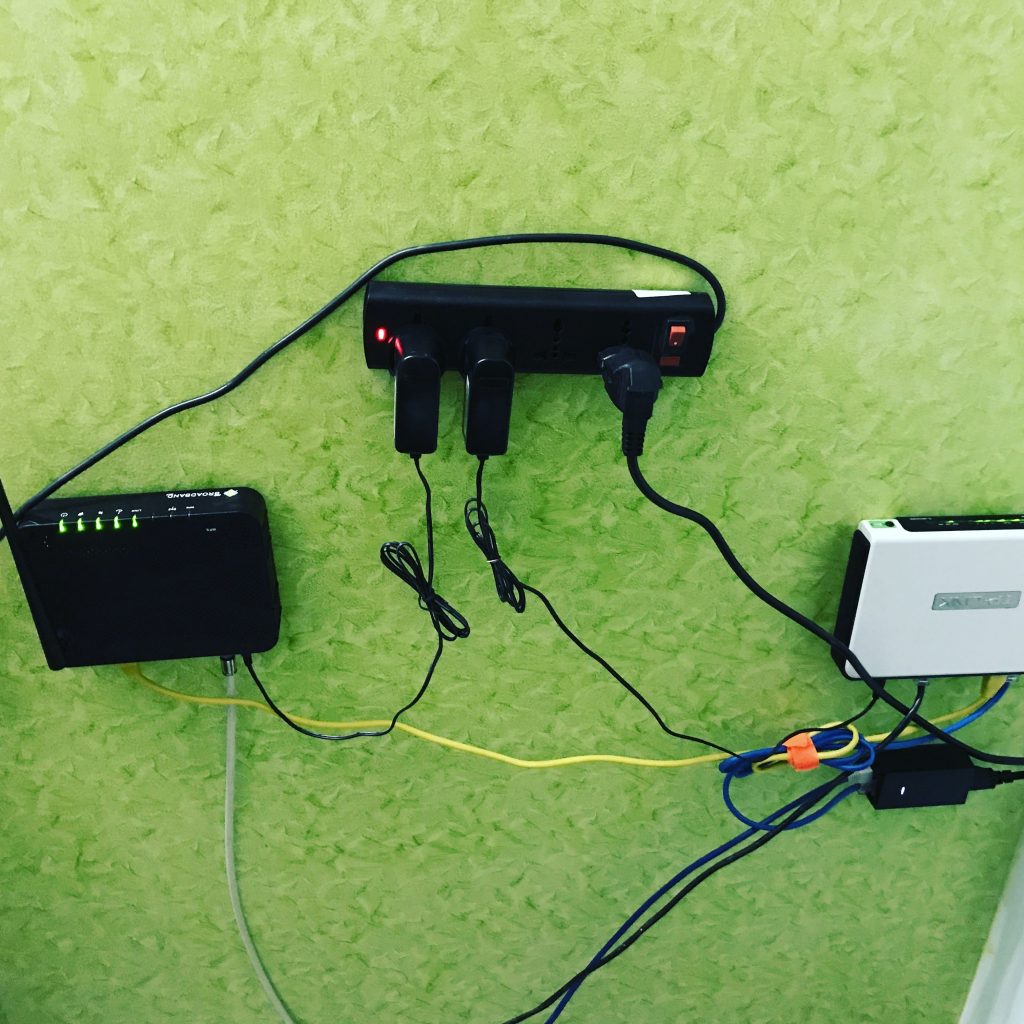Building redundancy on home network
I posted about the home network in multiple other posts in past. I recent time I switched from Microtik SXT Lite 5 to Power Beam PBE-M5-400. This gave me a jump from 16dbi to 25dbi which gives much sharper beam. I also got a harness & climbed BTS myself (after getting permission from the manager) this time to switch gear. I think I can do a better job than wasting time in finding guys from local WISPs to do it. :) Also, Essel Group launched Siti broadband in my home area and they are using DOCSIS. The network is overall fine though initially faced many outages due to fibre cuts here & there. As of now, the connection is reasonably stable. I am paying 860Rs/month ~ $14 for 10Mbps uncapped link which gives me 10Mbps down and 1.5Mbps up. From a price point, it’s an excellent connection to have for redundancy reasons. Now as the connection is stable enough to explore auto-failover. For last few months I took both primary links as well as backup links to the router in the form of tagged VLANs and used to push specific traffic based on source IP (device at home) or destination IP/port combination using policy based routing.
